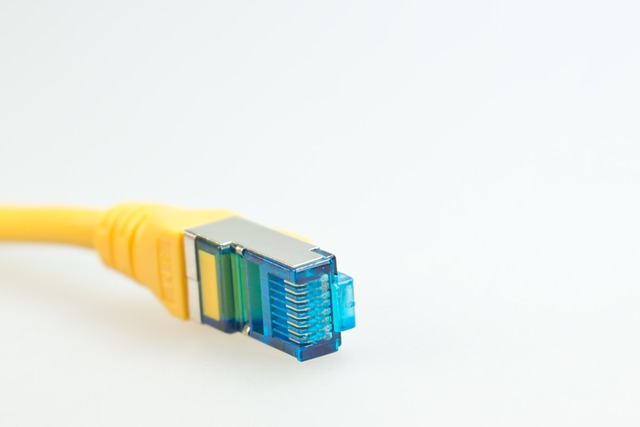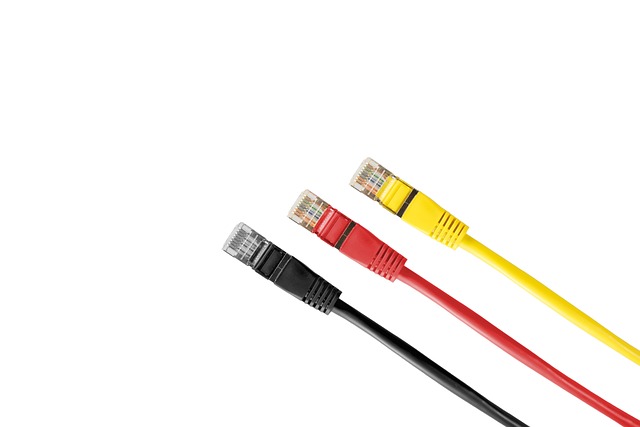Downtime hampers profitability and productivity. Outdated hardware, vulnerabilities, and human error cause disruptions. Scheduled IT services like security patch management reduce risks, enhance security, and optimize performance. Regular hardware health checks minimize downtime through proactive measures, demonstrating financial benefits. Efficient management practices improve system reliability, boost productivity, and ensure continuous operations for long-term success. Security patch management is a cornerstone of IT service management, crucial for safeguarding systems from evolving cyber threats. Automation and proactive monitoring further enhance efficiency and system stability.
In today’s digital landscape, minimizing IT downtime is crucial for business continuity and productivity. This article explores how scheduled and preventive IT services can significantly reduce interruptions and enhance operational efficiency. We delve into understanding the cost of downtime, emphasizing the importance of proactive measures. Key strategies include regular maintenance routines, efficient security patch management, task automation, and monitoring to detect issues early. By implementing these tactics, organizations can ensure optimal system performance and minimize disruptive events.
- Understanding Downtime Costs and Efficiency Gains
- The Role of Scheduled IT Maintenance
- Preventive Measures: Security Patch Management
- Automating Tasks for Round-the-Clock Reliability
- Proactive Monitoring: Early Issue Detection
- Strategies to Minimize Disruptions and Boost Performance
Understanding Downtime Costs and Efficiency Gains

Downtime can significantly impact an organization’s bottom line and productivity. Understanding the costs associated with unplanned disruptions is crucial for businesses to grasp the value of proactive IT strategies. When systems fail, it leads to lost revenue, decreased operational efficiency, and dissatisfied customers. These interruptions can be caused by various factors, including outdated hardware, software vulnerabilities, or human error. By implementing scheduled IT services, such as security patch management, organizations can mitigate these risks effectively. Regular updates and patches not only enhance system security but also ensure optimal performance, reducing the likelihood of unexpected failures.
Preventive measures like system optimization and proactive support play a pivotal role in minimizing downtime. It involves regular health checks on hardware components, identifying potential issues before they turn into major crises. Proactive support CPAs (Cost Per Avoidance) demonstrate the financial benefits of these services by quantifying savings from avoided downtime. With efficient management practices, businesses can improve overall system reliability, enhance productivity, and ensure continuous operations, ultimately contributing to long-term success and growth.
The Role of Scheduled IT Maintenance

Scheduled IT maintenance is a cornerstone of any robust IT strategy aimed at reducing downtime and enhancing operational efficiency. By implementing structured tech upkeep schedules, organizations can proactively address potential issues before they escalate. This involves regular system checks, software updates, and hardware inspections, ensuring that all components are functioning optimally. For instance, security patch management is a critical aspect of scheduled maintenance; applying timely patches helps fortify defenses against emerging cyber threats, thereby safeguarding sensitive data and maintaining network integrity.
IT maintenance contracts with reputable service providers offer additional benefits by providing dedicated support staff equipped with the latest tools for troubleshooting and optimization. These uptime enhancement tools enable efficient monitoring, rapid issue resolution, and seamless system restoration, minimizing disruptions to business operations. Through proactive engagement in scheduled IT maintenance, businesses can achieve higher availability, improved performance, and enhanced data security.
Preventive Measures: Security Patch Management

One of the most effective preventive measures in IT service management is security patch management. Regular updates and patches are essential to safeguarding systems from emerging cyber threats. By promptly deploying security patches, organizations can fortify their digital defenses against known vulnerabilities, thereby reducing the risk of data breaches and system failures. Proactive support from IT professionals ensures that these patches are not only applied but also thoroughly tested to avoid introducing new issues.
Security patch management is a critical component of any robust IT maintenance contract. Uptime enhancement tools facilitate efficient monitoring and deployment of patches, ensuring systems remain stable and secure. This proactive approach significantly improves overall system performance and uptime, ultimately boosting operational efficiency and customer satisfaction.
Automating Tasks for Round-the-Clock Reliability

In today’s digital era, automation is key to achieving round-the-clock reliability in IT operations. By implementing automated tasks for routine and preventive measures like security patch management, network defragmentation, and other tech upkeep schedules, organizations can ensure their systems run smoothly with minimal human intervention. This not only reduces the risk of downtime but also frees up IT teams to focus on more complex issues and strategic initiatives.
Regular IT maintenance contracts play a crucial role in this process, providing structured plans for tech upkeep that prevent small problems from escalating into larger, costly disruptions. Automated systems that monitor hardware health, software compatibility, and potential security vulnerabilities allow for proactive intervention, further enhancing overall efficiency and system stability.
Proactive Monitoring: Early Issue Detection

Proactive monitoring is a critical component of any robust IT strategy aimed at minimizing downtime and maximizing efficiency. By continuously observing system performance and behavior, organizations can detect potential issues before they escalate into full-blown problems. This early issue detection allows for swift action, whether it involves applying the latest security patch management updates or scheduling tech upkeep schedules to address vulnerabilities.
Unlike reactive maintenance that kicks in only after a failure occurs, proactive monitoring enables continuous system optimization and network defragmentation. By anticipating and resolving issues before they impact operations, companies can ensure smooth workflow, reduce unexpected downtime, and maintain high levels of productivity. This, in turn, translates into significant cost savings and improved customer satisfaction.
Strategies to Minimize Disruptions and Boost Performance

Minimizing disruptions and enhancing IT performance is a multi-faceted approach that involves strategic planning and consistent execution. One of the cornerstones of this strategy is security patch management, which ensures that systems are protected against emerging threats and vulnerabilities. Regular updates and patches not only safeguard data and networks but also contribute to system stability, reducing unexpected downtime.
Proactive support from Certified Public Accountants (CPAs) plays a crucial role in financial oversight while specialized IT teams focus on system optimization and network defragmentation. By implementing these measures, organizations can achieve smoother operations, faster issue resolution, and improved overall efficiency. Regular reviews and adjustments to security protocols, combined with proactive maintenance tasks like network defragmentation, ensure that the IT infrastructure remains robust and secure.
